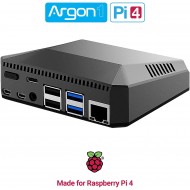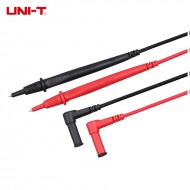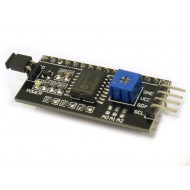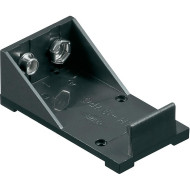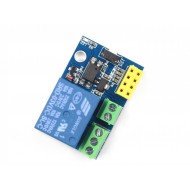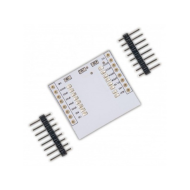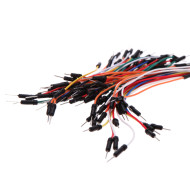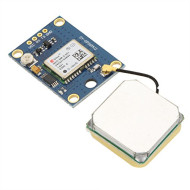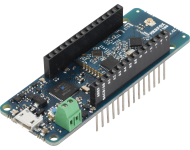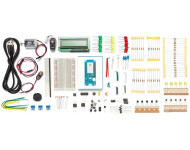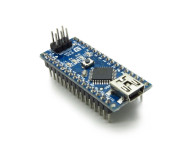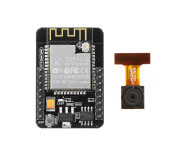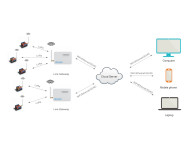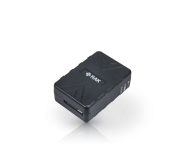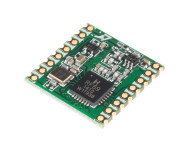Top Brand
-
Explore Nerokas
-
See All Products
Shop by Brand
- Adafruit Industries
- Atmel
- Ai-Thinker
- Analog Devices
- Arduino
- Atten Instruments
- Digi
- ITEAD Studio
- Microchip
- Maxbotix
- PK Cell
- PowerHD
- Seeed Studio
- Siemens
- SKYRC Technology Co. Ltd
- Sparkfun
- DFRobot
- Dragino
- Mean Well
- MIXZA Memory Cards
- Power Integrations
- RAKWireless
- STMicroelectronics
- Texas Instruments
- Uni-Trend Technology Limited
-
Shop by Category
-
Shop by Brand
- How to Order new
- Nerokas Blog new
- Nerokas Forum new
-
See All Products







































